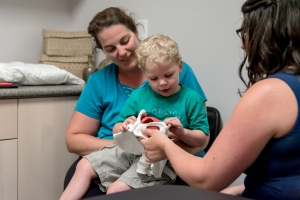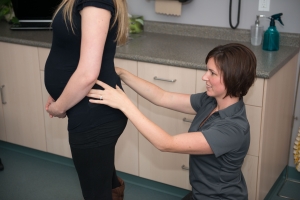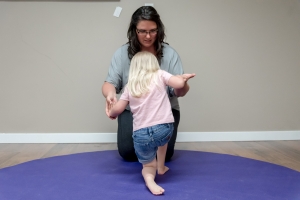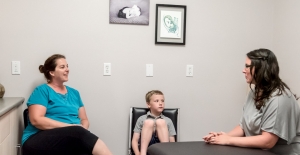Everyone dreads being constipated. It’s never fun to be backed-up to the point of difficult, often painful bowel movements. How we often think of constipation, and what constipation can look like may not always be the same!
Constipation is often described as having 2 or fewer bowel movements in a week. These bowel movements will often be difficult to evacuate or require effort. So anything outside of this (more frequent, and easy to get out) would be considered normal… right?
Not necessarily! Our ability to consistently evacuate the bowel may not mean that you aren’t constipated! Some individuals that are constipated evacuate the bowel several times a day. BUT HOW?! In this instance, usually we are getting out several smaller stools throughout the day, and not completely emptying the bowel. These stools may in fact be “easy” to pass, and for some people they will find that they will sit down to go pee, and some stool will come out as well, without any urge to go number 2 in the first place.
So beyond the “usual” signs of constipation, what else should we be watching out for?
- Large diameter stools: for adults and children we should not be thinking “whoa! I hope that doesn’t plug the toilet” or “I can’t believe it’s THAT BIG!”
- Cracked or dry stools: bowel movements that look cracked or dry, or like little bunches of small balls stuck together
- Urge to go with no results: if you have the urge to evacuate, get to the bathroom and just nothing seems to come out… this could be a sign
- You wipe and wipe and it never gets “clean”: this could mean that you aren’t fully evacuating the rectum
- It feels like there is still some in there: likely that the bowel is not being fully evacuated
- Belly aches and bloating: can be signs of constipation
- Itchy rear-end (or the wiggles) is common to see in children as well
Being constipated will put a strain on the pelvic floor, as often evacuating the bowel will require effort in the form of pushing of some sort. Sometimes we are spending significant amounts of time sitting on the toilet attempting to get stool out. Development of hemorrhoids, pelvic pain, and pelvic floor dysfunction can be a result of persistent or chronic constipation.

Constipation starts young for many people “I have always been like this for as long as I can remember”. With seeing many children with constipation, they have struggled with bowel movements often since starting solids, or when they began potty training. Often other issues start to arise such as bed wetting as well.
Helping people to re-educate the pelvic floor to improve coordination, improve evacuation, and go through bowel hygiene tips are all part of our pelvic health assessments. Some things you can start thinking about now:
are you getting enough water?
when you go are your feet well supported with knees above hips?
do you take enough time (but not too much!)?
when you get the urge to go, do you make time?
These can be some things to consider with your bowel hygiene to help you begin to get things sorted. Determining the abdominopelvic coordination and function, overall pelvic floor muscle strength and ability to relax, as well as a variety of other technical factors will be what we want to dive into with you.
Issues with constipation isn’t just a problem for children, but also men and women alike!
Book in Saskatoon Book in Warman (Kendra, Maja)










